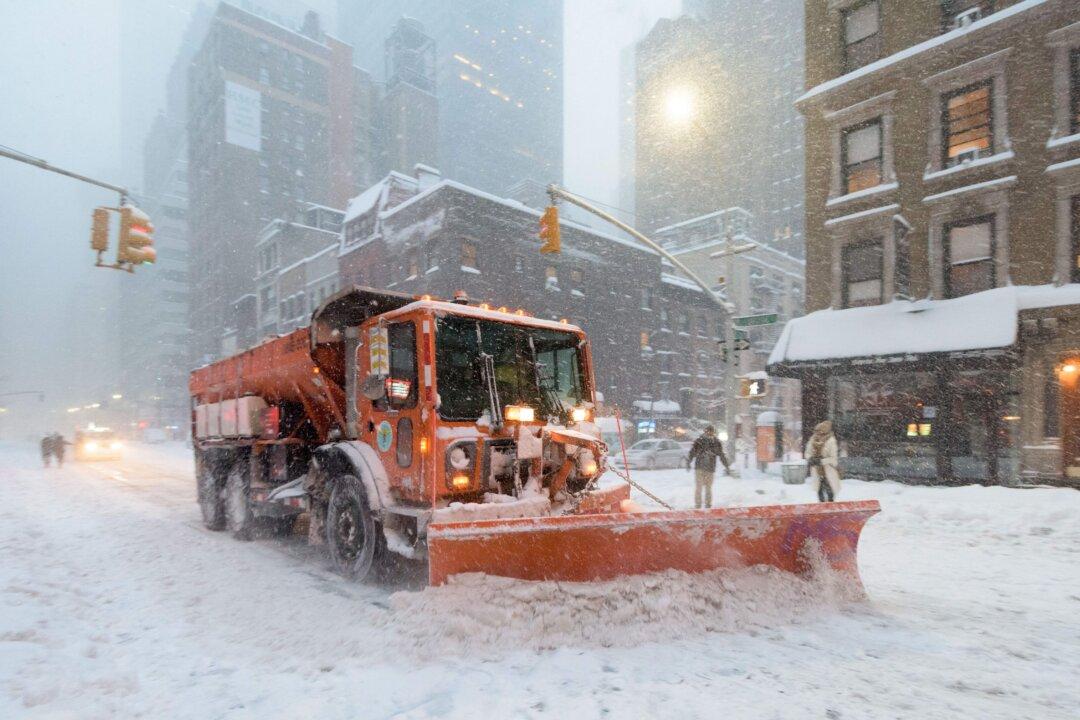Towns around Massachusetts are offering up to $310 an hour for drivers with a commercial license amid a labor shortage.
According to a “request for response from interested vendors 2021–2022” legal notice, Watertown is paying up to $200 for plow drivers with a commercial license, and the rates increase to $310 for those with specialized equipment, specifically a rubber-tired loader with 10-foot PLOW CAT 980 or equal.





